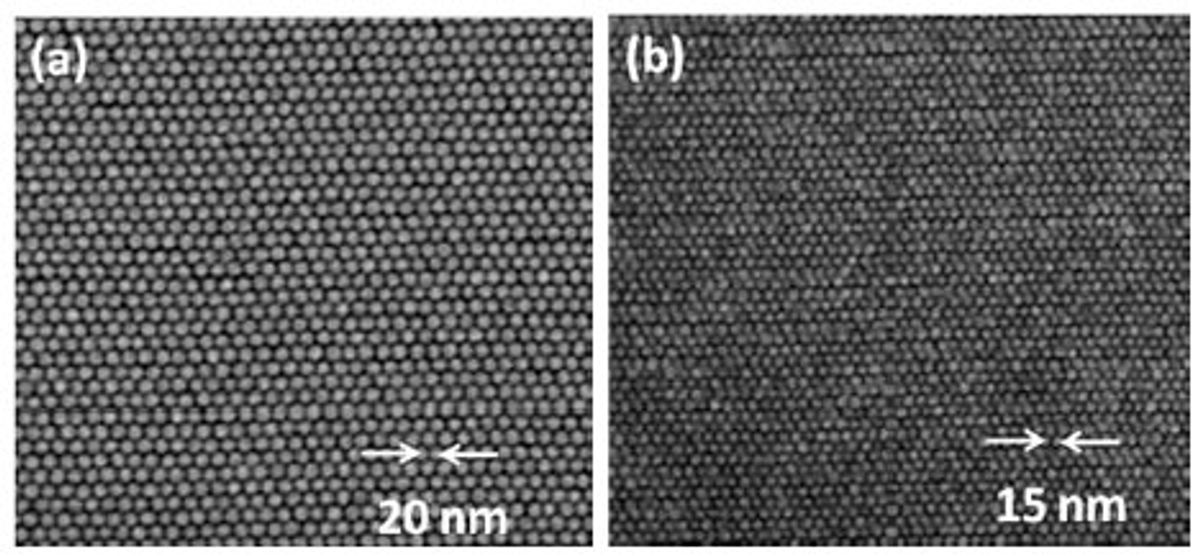The process that the researchers came up with, published in the Institute of Physics journal Nanotechnology, involved the use of a high-resolution electron-beam lithography followed directly by magnetic film deposition. This essentially enabled the researchers to avoid the pattern transfer processes, such as etching and liftoff that manage to lessen pattern fidelity.
But the trick was in Yang’s discovery that by adding sodium chloride to the developed solution used in the lithography, “he was able to produce highly defined nanostructures down to 4.5 nm half pitch, without the need for expensive equipment upgrades.”
Yang happened on this idea not during this research project but back when he was a graduate student at the Massachusetts Institute of Technology—and published it back in 2005.
Dexter Johnson is a contributing editor at IEEE Spectrum, with a focus on nanotechnology.




